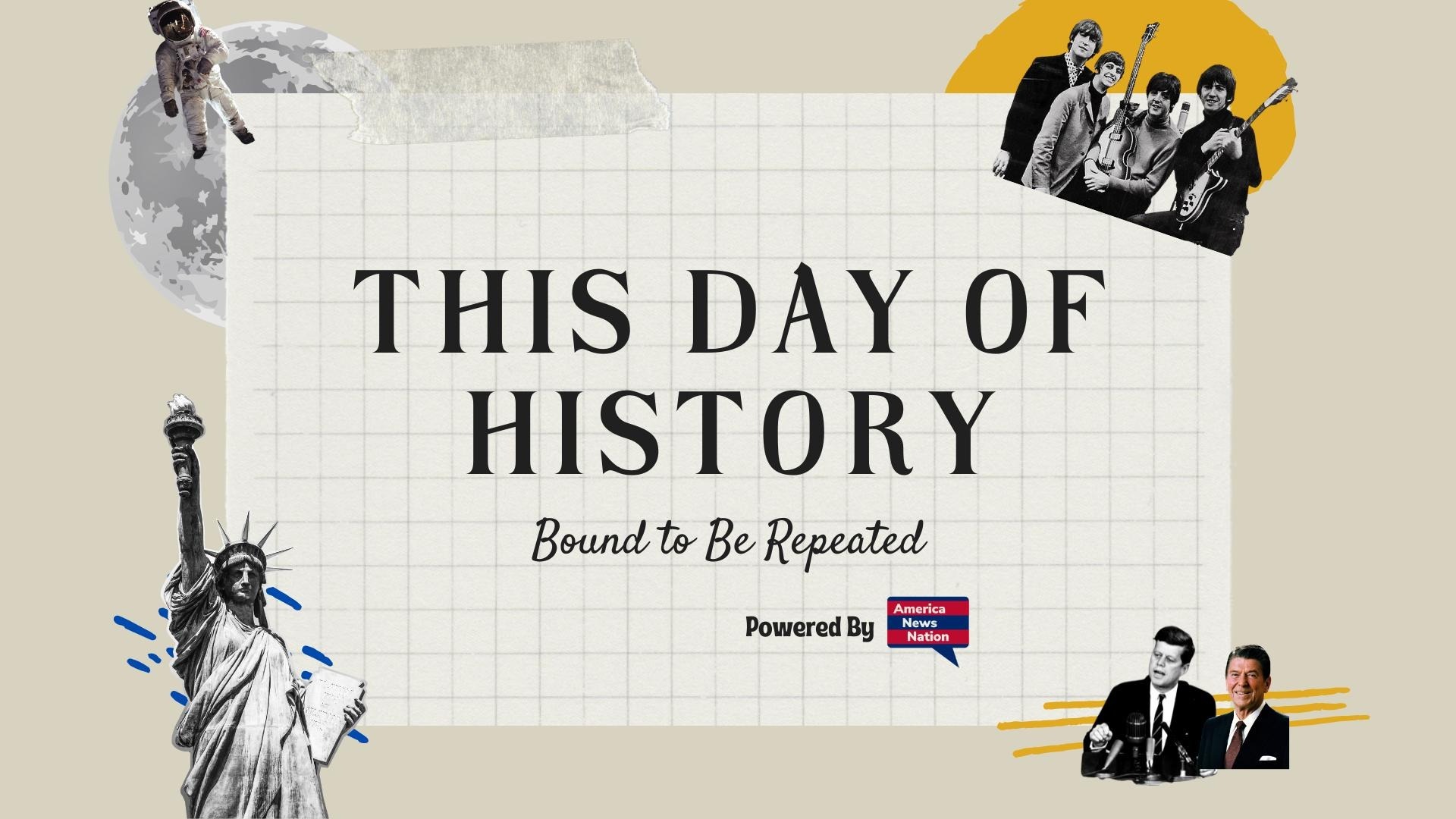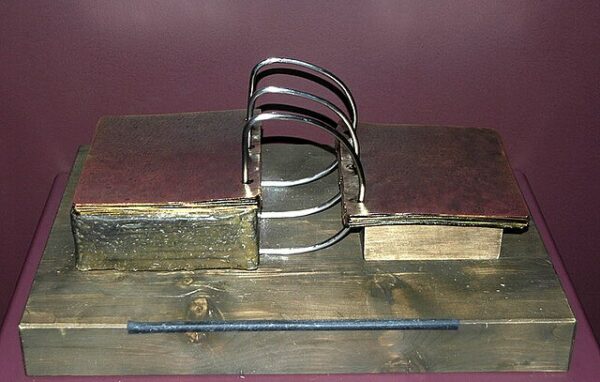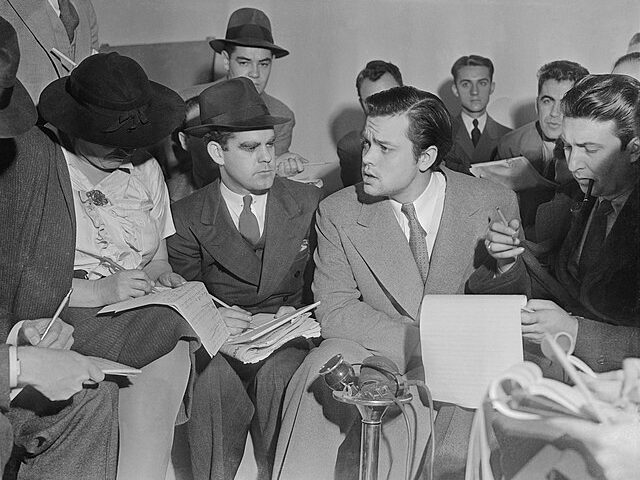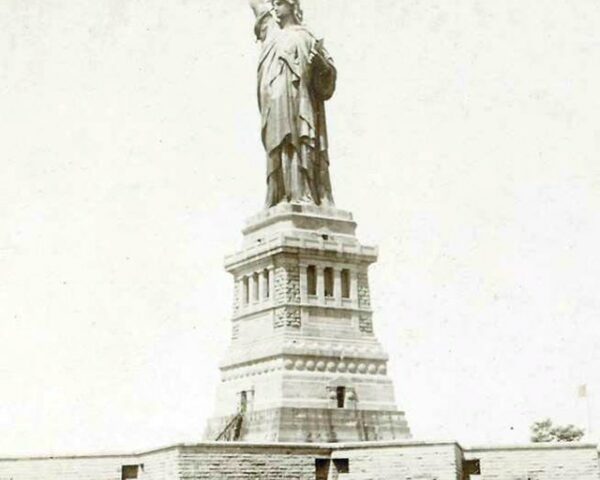On March 26, 1830, a little-known print shop in Palmyra, New York, released what would become one of the most influential—and controversial—religious texts in American history: The Book of Mormon. Purporting to be a translation of ancient records inscribed on golden plates by prophets in the Americas, the book emerged from the religious ferment of the early 19th-century United States, a time often called the Second Great Awakening. Its publication marked the formal beginning of a new religious movement that would grow into the Church of Jesus Christ of Latter-day Saints.
Joseph Smith, a young man from a poor farming family in upstate New York, claimed to have received a divine visitation in 1823 from an angel named Moroni, who told him about buried golden plates containing a sacred history. According to Smith, he was eventually allowed to retrieve and translate the plates by the gift and power of God, using special instruments he called the Urim and Thummim. The translation process, conducted primarily between 1827 and 1829, culminated in The Book of Mormon: An Account Written by the Hand of Mormon upon Plates Taken from the Plates of Nephi.
The book’s narrative spans over a millennium, beginning around 600 BCE with a group of Israelites who flee Jerusalem and eventually settle in the Americas. It chronicles the rise and fall of civilizations, religious teachings, wars, and the appearance of Jesus Christ to the inhabitants of the New World following his resurrection. The volume concludes with a cataclysmic war that wipes out the Nephites, one of the two principal peoples described in the text.
To publish the book, Smith approached E.B. Grandin, a local printer in Palmyra, who was initially hesitant to take on the project due to skepticism and potential backlash. Eventually, Grandin agreed to print 5,000 copies at a cost of $3,000—an enormous sum for the time. The financing came from Martin Harris, one of Smith’s earliest supporters, who mortgaged his farm to pay for the printing. Harris would later become one of three formal witnesses to the golden plates, along with Oliver Cowdery and David Whitmer.
The book was met with a mix of curiosity, ridicule, and condemnation. Many locals in Palmyra viewed the publication as fraudulent, and some religious leaders denounced it as heretical. Skeptics questioned the existence of the golden plates, while critics lampooned the book’s pseudo-biblical language and theological claims. Yet despite—or perhaps because of—this early controversy, The Book of Mormon found a small but growing audience of believers who embraced it as a divine companion to the Bible.
Less than two weeks after its publication, on April 6, 1830, Joseph Smith formally organized the Church of Christ (later renamed the Church of Jesus Christ of Latter-day Saints) in Fayette, New York. The church’s foundational doctrines, heavily informed by The Book of Mormon, emphasized continuing revelation, restored priesthood authority, and preparation for the Second Coming of Christ. Converts began gathering, and missionary efforts spread the new faith across the United States and, eventually, overseas.
Today, The Book of Mormon has been translated into more than 110 languages and is considered scripture by millions of Latter-day Saints worldwide. Its publication in 1830 remains a pivotal moment in American religious history—a product of frontier revivalism, charismatic leadership, and the unique religious imagination of early 19th-century America. What began as a controversial book from a rural town has grown into one of the foundational texts of a global religious movement, inspiring devotion and debate in equal measure for nearly two centuries.






